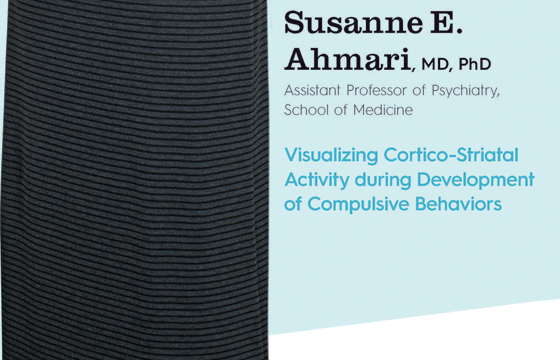Topic Overview:
Ahmari and colleagues explore the neural mechanisms underlying perseverative thoughts and actions. This topic is of general importance because compulsive behaviors are a central component of obsessive-compulsive disorder (OCD), as well as prominent, disabling, and notoriously treatment-resistant symptoms of many severe psychiatric disorders, including autism, schizophrenia, and addiction. Although OCD symptoms have been broadly linked to abnormal activity in cortical-basal ganglia circuits via human imaging studies, there is still a quite limited understanding of how maladaptive repetitive behaviors are encoded in the brain. The Ahmari lab is therefore using novel technologic approaches and statistical strategies to determine which neural circuits underlie maladaptive repetitive behaviors, how these behaviors are encoded in the brain, and when the neural code changes as these behaviors develop and resolve.
In previous work, the Ahmari lab demonstrated that repeated pulses of brief but abnormal activity delivered by optogenetic stimulation of projections from orbitofrontal cortex to ventromedial striatum leads to long-lasting perseverative grooming, a mouse behavior linked to OCD. This compulsive grooming behavior was associated with increased neural activity in the striatum. Ahmari will discuss how her lab is now using transgenic OCD mouse models and healthy control mice combined with in vivo approaches, including optogenetics, electrophysiology, and head-mounted microscopy to identify the specific activity patterns, cell types, and circuits responsible for this pathologic plasticity in the brain. In addition, she will describe ongoing experiments exploring the interface between stress, anxiety, and OCD behaviors. Finally, she will link this mechanistic work in animals to ongoing studies investigating the neural circuits underlying OCD in humans.

















